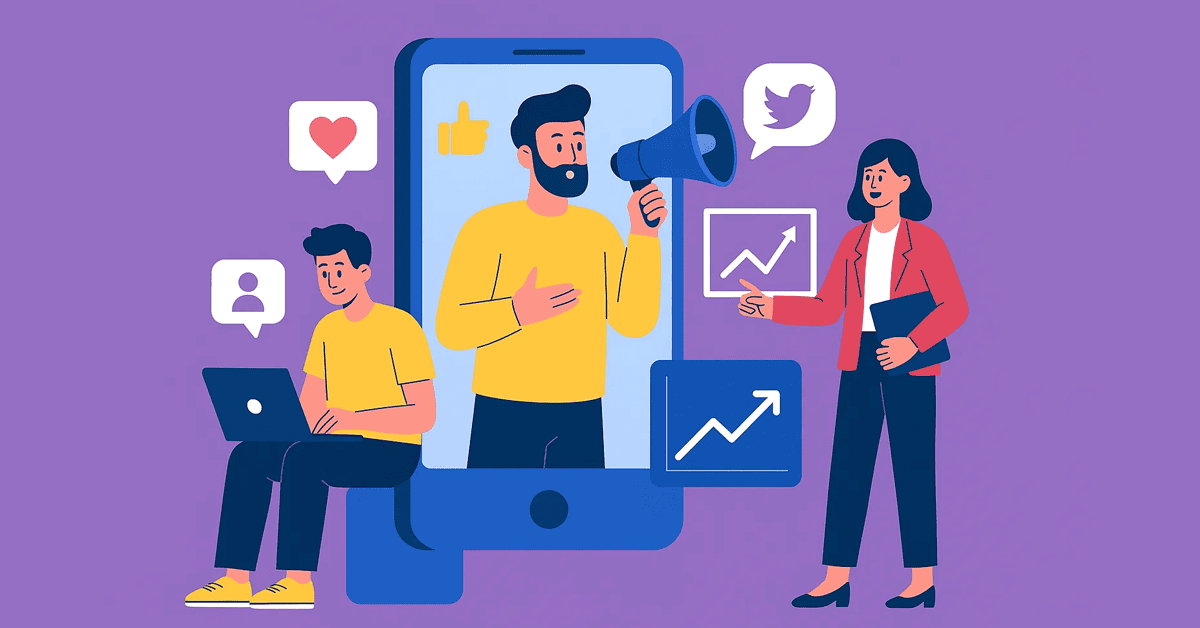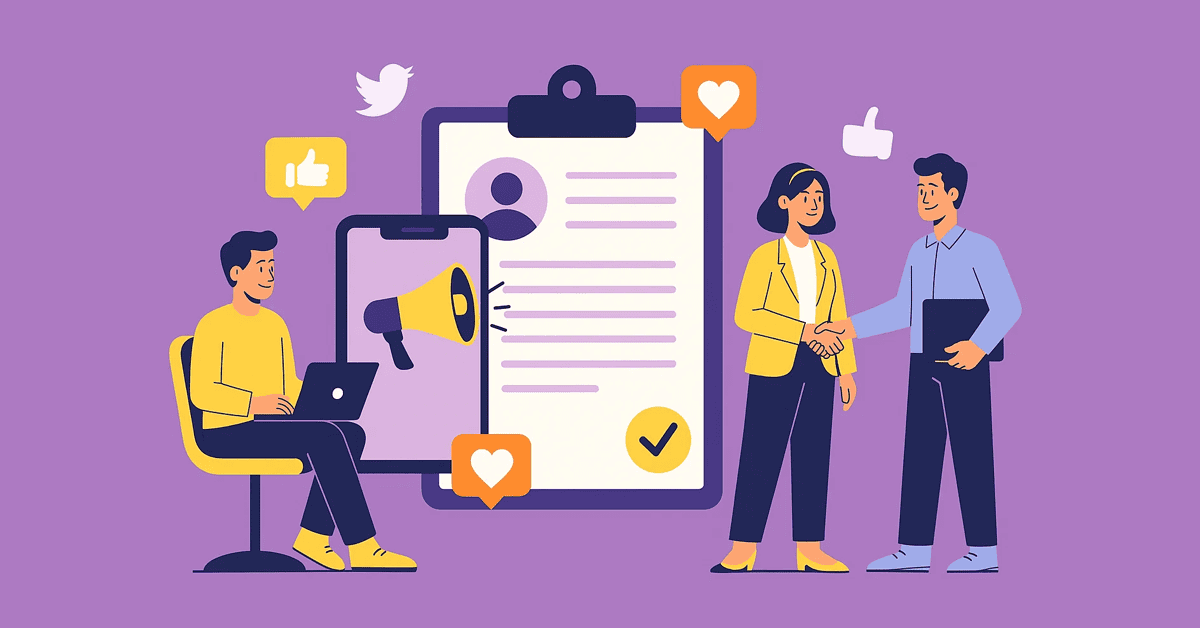White-label web design has become the go-to solution for agencies that want to deliver more websites without expanding their in-house team. In plain terms, it’s when a design partner or platform creates websites that you deliver under your brand. Your clients see your agency’s name, style, and process, while a trusted partner does part or all of the creative infrastructure behind the scenes.
With client expectations on the rise and shrinking project timelines, this drop-in approach continues to gain momentum. Platforms extend that concept even further, allowing agencies to augment their design services with AI-powered automation and branded dashboards. The result is an in-house, branded experience where websites are built faster, presented professionally, and managed entirely within your ecosystem.
Why agencies choose white-label web design
For most agencies, white-label web design starts as a practical solution to a simple problem: too much work and not enough bandwidth. As client demands grow, the question becomes “How can we deliver more without hiring more?”
That’s where white-label design comes in. It lets agencies outsource the creative or production phase of website projects while keeping full ownership of client relationships and branding. You stay the point of contact, but your design partner, or a platform like 10Web’s White-Label Website Builder, handles design execution behind the scenes.
The biggest benefits include:
- Scaling catalyst: Add design capacity instantly without onboarding new staff or freelancers for each project.
- Faster turnaround: With ready-to-customize layouts and automation tools, you can deliver projects in days, not weeks.
- Consistent quality: Top-to-bottom white-label support and defined brand kits ensure every site aligns with your agency’s style standards.
- Freedom to focus: Your in-house team can concentrate on strategy, client management, and growth while automation offloads much of the design process.
For many agencies, this is the first step toward running a true platform-based operation. Instead of constantly balancing capacity while nurturing the pipeline, white-label design tools create a flexible system that grows and contracts with your workload.
Challenges to watch
Shifting web design to a white-label platform changes how your agency works. Now it’s not just who designs, but how design fits into your entire process. While the benefits of scale and automation are undeniable, there are a few challenges to consider before fully adopting a platform-based workflow.
- Maintaining creative control
When automation or AI handles part of the design process, it’s easy to worry about diluting your creative voice. The key is to use your white-label builder as a foundation. Platforms like 10Web’s White Label Website Builder let you customize templates, layouts, and brand styles so your signature design approach stays intact while the system handles the bulk of design tasks.
- Aligning templates with client branding
Using templates can speed up delivery, but they can’t feel like a template. White-label builders solve this through reusable design systems with global styles, branded color palettes, and editable sections that adapt automatically to client preferences. Setting up your own template library inside your platform ensures every project starts consistently but ends custom.
- Managing team roles and permissions
When your workflow lives inside a white-label platform, clear role management becomes critical. Not everyone on your team — or your clients — needs full access. Select a system that offers granular permissions, allowing designers, account managers, and clients to view only the information relevant to them. 10Web’s white-label dashboard allows agencies to manage access by role, keeping projects organized and secure.
- Balancing automation with human oversight
Automation saves time, but it still benefits from human direction. For instance, AI-generated designs can produce great starting points, yet they perform best when the end user or creative team fine-tunes the layout, copy, and imagery. The ideal balance comes from using automation for structure and reserving creative decisions for your in-house experts.
- Ensuring client ownership and transparency
Even in a white-label setup, clients should always feel like they own their websites. Platforms that include branded client dashboards make this easy. Clients can log in, view analytics, or request updates directly under your agency’s name, without ever interacting with the white-label provider. It maintains trust and reinforces your agency’s value as their long-term digital partner.
With the right solution, these challenges are opportunities to build a more streamlined, scalable design system. Once your process and platform are aligned, white-label web design becomes one of the most efficient ways to grow creative output without compromising quality or control.
White-label web design delivery checklist
Outsourcing web design under your brand works best when your process is clear and repeatable. Whether you partner with a creative studio or use a platform like 10Web’s White-Label Website Builder, preparation and communication determine how smoothly projects move from concept to delivery.
Below is a delivery checklist that mirrors the flow most successful agencies follow, from the moment a new project is approved to the final client handoff.
- Project brief & brand assets
Every great design starts with a clear brief. Gather essential information before any work begins:
- Client goals, audience, and preferred aesthetic.
- Brand kits (logo, fonts, color palette).
- Example sites or references that define the desired look.
- Core content (copy, images, product details).
Tip: Use a standardized brief template so all projects start with consistent inputs. 10Web’s AI-powered intake forms can automate much of this step, collecting information directly from your clients under your agency’s branding.
- Mockups or initial concepts
Your white-label partner generates the first design draft, usually a homepage or key template view. This stage helps establish the tone and layout direction.
- Request mobile and desktop variations early to ensure consistency.
- Align on overall style before moving on to subpages.
- Use collaborative feedback tools (like your website builder) to centralize input.
For example, a white-label web design platform can automatically generate mockups using AI website creation, then your team adjusts layout and design elements before client review, saving days of manual concepting.
- Feedback & revision cycle
Establish a clear feedback loop between your agency, the white-label web design partner, and the client.
- Limit review rounds to maintain efficiency (two to three is standard).
- Keep version tracking organized to avoid confusion.
- Define who provides final design approval: your agency or the client directly.
This step is where many projects slow down. Avoid delays by setting deadlines for feedback and encouraging visual comments directly on mockups instead of scattered communications.
- Final approval & handoff
Once the design is approved, ensure everything is ready for client delivery:
- Files, links, and documentation organized for internal QA.
- Functionality checks (forms, responsiveness, loading speed).
- Final review inside your platform dashboard before handoff.
With a system like 10Web’s, approval can trigger an automated publish workflow, instantly launching the site on optimized hosting under your client’s domain.
- Client presentation & delivery
The final step is how you present the work. Keep it branded and professional.
- Deliver the finished site through your agency’s portal or dashboard.
- Include a short walkthrough or training session.
- Provide a follow-up plan, maintenance, updates, or ongoing content design.
This last touchpoint is what transforms outsourcing into a lasting relationship. Clients associate the quality and polish of the project with your agency’s capabilities.
How to operate a white-label workflow
Once your delivery checklist is in place, the next step is making white-label web design into a repeatable workflow as part of your agency’s everyday system.
- The process starts with integration. Most agencies embed the white-label website builder directly into their platform or client portal, so everything happens inside their branded ecosystem. This gives clients a consistent experience and keeps your agency at the center of the project.
- From there, your team and your clients gain access to the same unified builder, typically with permissions tailored to their role. Designers may manage layouts, account managers handle approvals, and clients view previews or request edits.
- Your agency defines the onboarding flow, deciding what information the system should collect, when automation should step in, and where human oversight takes over. Platforms like 10Web’s White-Label Website Builder make this easy by turning intake, initial build, revisions, and launch into a consistent series of steps that repeat across every project.
Finally, once the workflow is in place, the platform takes over the routine work, generating designs, handling hosting setup, managing performance, and keeping all project assets in one place. Your team focuses on creative refinement and client communication that make the final product feel custom and high-touch.
Scaling your agency through white-label partnerships
Once your workflow and quality systems are in place, white-label web design becomes the backbone of your agency’s growth. The same framework that lets you manage overflow work can also help you take on larger clients, expand into new niches, or offer additional services without increasing headcount.
Start by identifying your most repeatable project types, like small business sites, ecommerce builds, or redesign packages. These are ideal candidates for white-label delivery because the process can be templated, priced predictably, and executed quickly. By systemizing these projects, your agency can serve more clients simultaneously while maintaining profit margins.
Next, use your white-label capacity to diversify services. Many agencies pair outsourced design with new recurring services, like hosting, maintenance, or content design, all managed within one branded platform. With 10Web’s White-Label Website Builder, you can even automate parts of these add-on services, creating new revenue streams with minimal extra workload.
As you scale, focus on relationships, not volume. The goal is to create a consistent client experience that builds loyalty and referrals. The more predictable your systems become, the easier it is to maintain quality and client satisfaction as you grow.
Scaling through white-label design isn’t about outsourcing your creativity; it’s about amplifying it. When you combine strong partnerships, clear standards, and automation, your agency gains the flexibility to take on new opportunities without the usual growing pains.
When outsourcing becomes your agency’s growth engine
White-label web design is about extending your creative capacity without losing control. By pairing with trusted design partners or platforms like 10Web’s White-Label Website Builder, agencies can take on more work, serve clients faster, and maintain a consistent brand experience at every step.
The real advantage comes from the system behind it. You gain flexibility to scale up during busy seasons, experiment with new offerings, or focus your in-house team on high-value strategy and creative direction.
For many agencies, white-label design evolves into a growth strategy. With the right workflow and partner support, it transforms how your business delivers value, builds client loyalty, and grows sustainably.
FAQ
What is white label web design, and why do agencies use it?
It’s when an agency partners with a white-label provider to design and build sites. Agencies choose it to add capacity fast, reduce overhead, and speed up delivery while keeping the client relationship and branding in‑house.
When is white label a better fit than hiring in‑house?
White-label products bring a mature infrastructure layer to your agency without the technical overhead. In‑house still makes sense for long‑term, brand‑critical accounts that require day‑to‑day collaboration.
What belongs in a White Label Design Delivery Checklist?
At minimum: creative brief, brand assets, wireframes, high‑fidelity mockups, content rules (tone/SEO), feedback schedule, approval criteria, staging URL, QA list, and acceptance sign‑off. This keeps both teams aligned and reduces revisions.
What does a typical workflow look like from client brief to delivery?
Clients log in to your branded dashboard, where they can access the AI-powered website builder and manage their sites. Design agencies decide the client flow and onboarding process.









